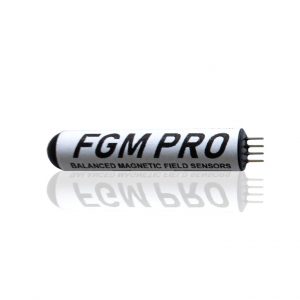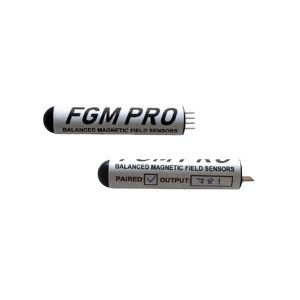THE LEGENDARY
FGM 3 magnetic field sensors and DIY gradiometer kit are back!
Invented originally by the engineer Dr Noble in UK, the flux gate magnetometer sensors were distributed by Speake & Co Llanfapley and regularly supplied to our company. Once Speake sensors business closed our task became to continue serving the customers by providing the acclaimed do-it-yourself magnetometer kit.
We have taken the time and efforts to update the Speake FGM sensor and magnetometer kit design in terms of quality, performance and construction controls! This is not an FGM magnetometer sensor imitation like those you can find online from hidden providers! The new FGM 3 PRO type version sensor now has more sensitivity, gained primarily by using in our manufacture higher conductivity materials in the internal sensor structure.
DISCOVER OUR STORY
A bright future following…a truly outstanding history

Meet the
FGM 3 PRO!
kit in the world!
Building a gradiometer now is EASIER than ever
FGM3 PRO magnetic field sensor detect with +/- 50μ Tesla high sensitivity ferrous metals & voids.
MAGNETOMETER KIT
So, what's the process behind the product?
Apart from quality materials, once individual FGM 3 PRO magnetic field sensors are completed they are tested by taking the time to run quality controls.
The purpose is to prove the detection range with sample targets. Also, as 2 magnetic field sensors are required as a pair to build a gradiometer kit, their electric properties must be equally balanced for both sensors. In the original FGM sensor design and various web site offered FGM imitations the matching procedures for every pair were not implemented. We are dedicated to match every pair of magnetometer sensors produced so that their voltage outputs will be exactly the same.
Therefore the gradiometer kit you receive will only have to be adjusted by aligning the sensors (for canceling the earth magnetic field as you will read in the pdf), and not any interference signal occurs from a pair where one magnetic field sensor has a different signal output compared to the other. The sensor pair matching enables you to align the sensors easier and faster as it has minimized false signal effects.
In most cases what is left to be required from you, is to physically position the sensors in a 90 degree aluminum or plastic profile and you are ready with the gradiometer!
The magnetometer kit electronics board is pre-assembled and also tested. The board includes an LCD that monitors each sensor readings with +/- polarity signs and numerical values, has a battery status meter and a timer for the initial sensor balancing. The audio signal is a precise VCO with frequency output range 0-3000 Hz through a speaker. Rest assure that with our FGM-3 PRO sensors and magnetometer kit pcb you will build an instrument with performance that is found only in high priced magnetometers.
Want to learn more about about the product?
Check the following useful links
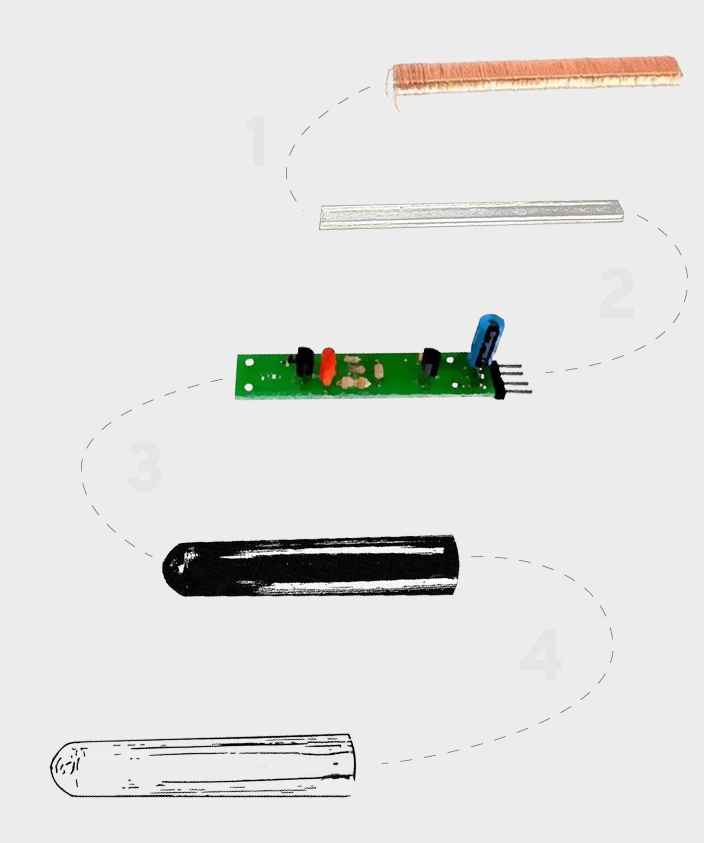










FGM 3 PRO
DURABLE, WATERPROOF
AND COMPACT!
We designed a handy but powerful sensor for all your magnetometer applications.

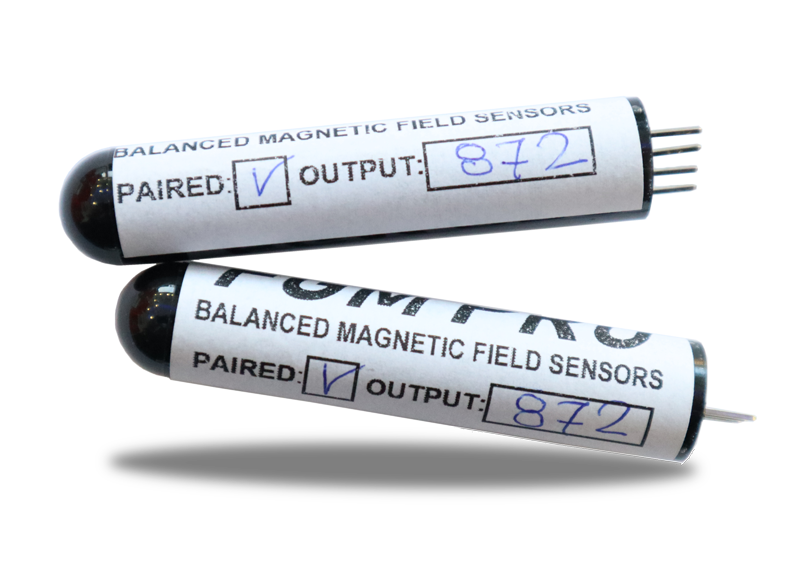
FGM 3 PRO gradiometer sensors are matched in pairs with equal electronic properties?
The signal output on every individual FGM 3 PRO sensor has been tested in our lab and marked by hand on its label. To construct a reliable gradiometer both sensors have to produce exactly the same signal output, otherwise noise and unstable operation occurs. The pair of gradiometer sensors you will receive has been selected so that both sensors are matched to produce exactly the same signal output. In other words, every pair has the same linearity, and the end result is great depth performance. The output of each sensor is marked outside and matches to the sensor that it has been paired with.
HOW IT WORKS?
Take a brief look of the process behind sensor.


